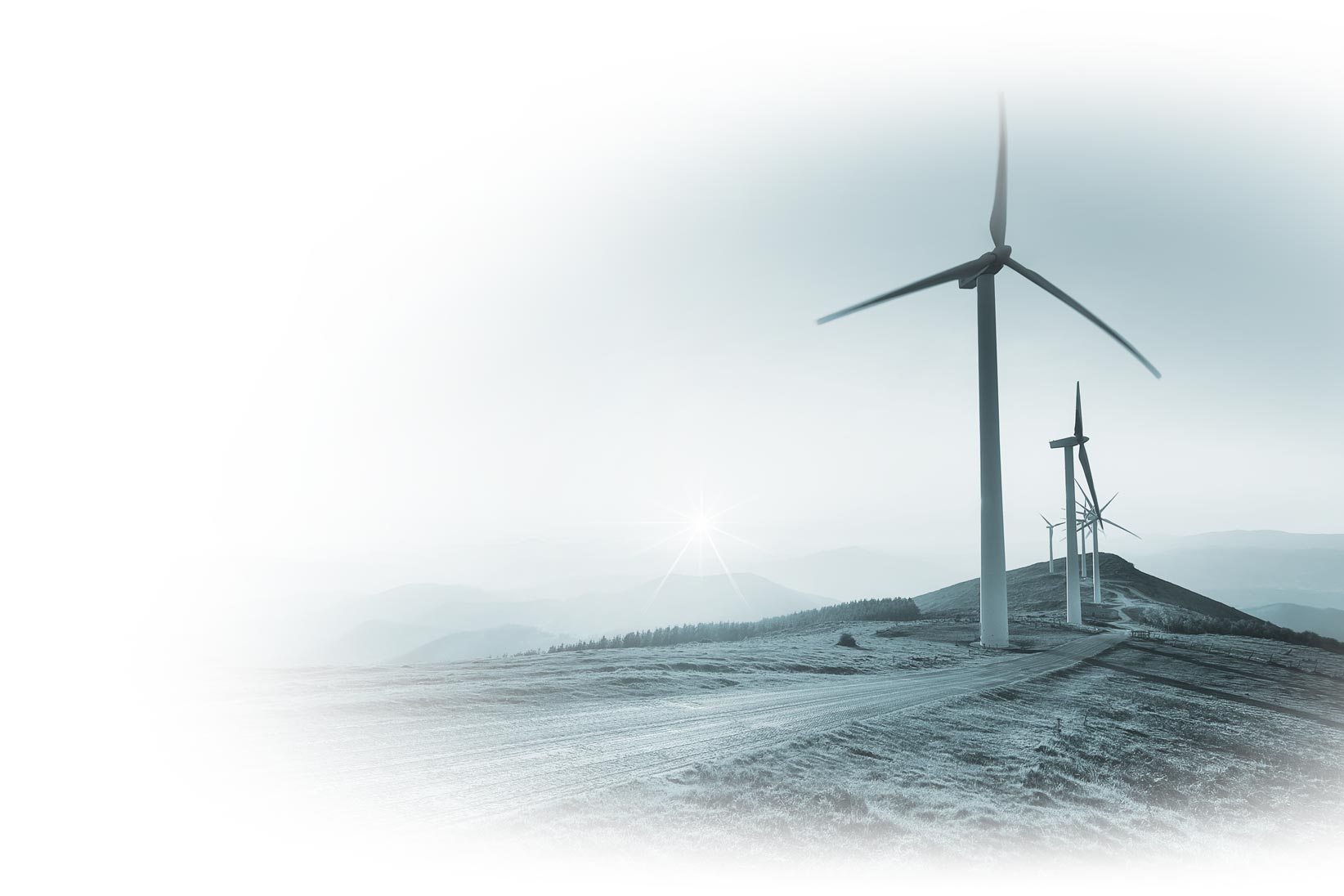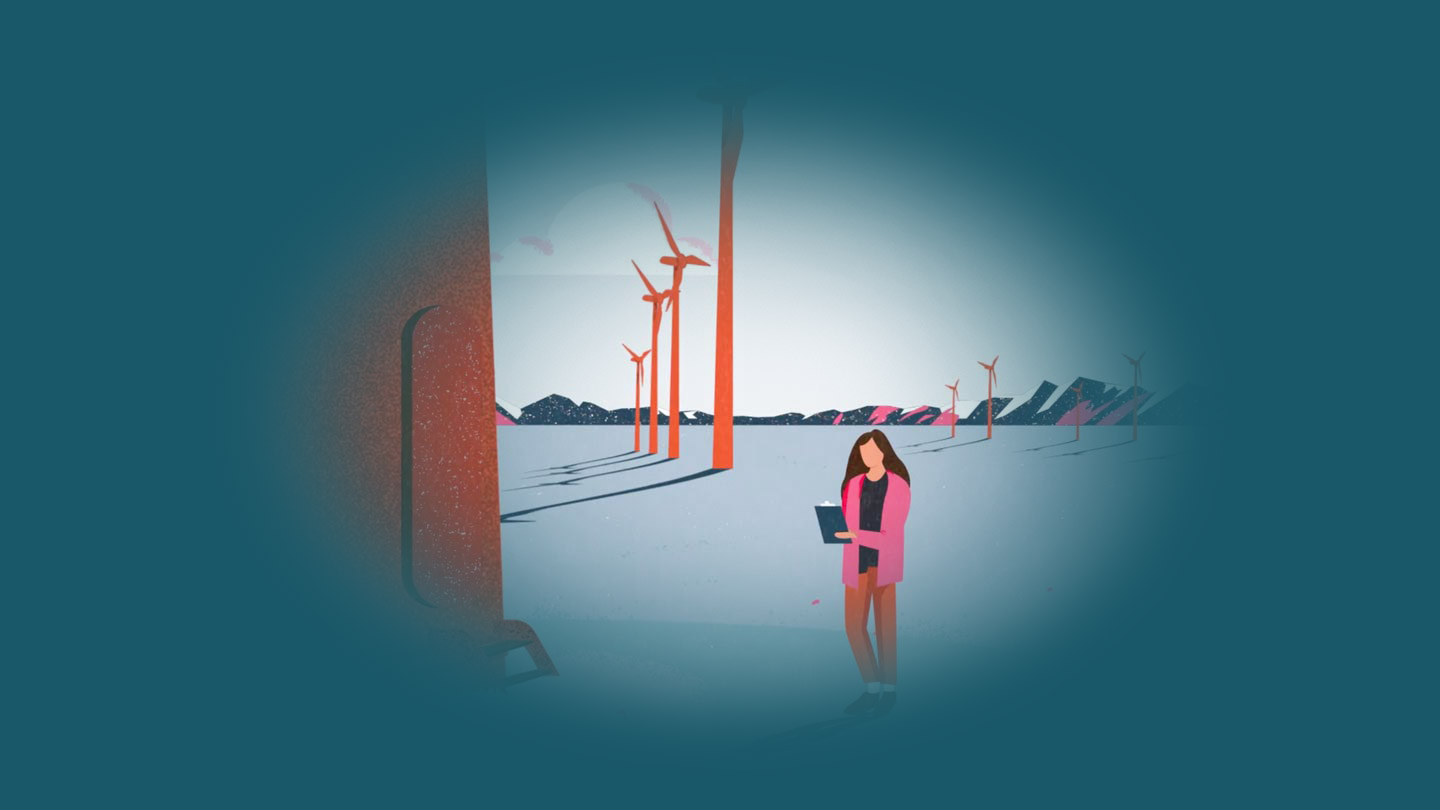
Close




Accuracy
If accuracy is relevant for you, Vortex is your right choice. Dozens of internal and third-party validations prove the higher precision of Vortex’s modeled wind resource data.

Unique Products
Vortex LES is the most measurement-like synthetic dataset currently available. It includes a 3-seconds gust and turbulence intensity time-series at any location worldwide.

Pioneering Approach
Since 2009, our on-demand modeling approach uses no pre-computed data, optimizes the automatic modeling chain, and delivers our customers only their interest data.
Vortex’s system core, WRF, is a sophisticated code that has been effectively employed to describe the physics and dynamics of atmospheric circulations with a significant degree of realism at a wide range of scales. WRF is neither a microscale nor large-scale model but is a one-in-all.
WRF accuracy is based on the ability to portray the different mechanisms that interact at each one of the relevant atmospheric scales. The WRF model is the result of years of development by the atmospheric research community combined with additional experience from the extended use for weather forecast applications and modelling wind resource data.
The usual truncation, or simplification, of the equations that control atmospheric movements of air masses, is definitively small in WRF when compared to other lighter atmospheric codes. However, equally as relevant as this non-linear approach, is how the model includes other relevant factors such as radiation, thermal effects, air-sea-land interactions. In this sense, WRF is a modular model that can be adapted for different applications depending on the scale of the atmospheric movements, surface boundaries and thermal characteristic of the air masses, etc.
For microscale applications, the WRF model poses a CFD algorithm based on the Large Eddy Simulation (LES) approach. WhenCFD algorithm based on the LES approach. WhenWRF is coupled to the LES model the result is commonly known as WRF-LES model. This means that the simulation is run as usual but the turbulence parameterisation is replaced by the LES model and hence turbulent eddies are resolved.
Vortex has improved the source code for its implementation for real simulations. This modified version of the model is the so-called Vortex-LES.
Ready to Get Started?
Sign up for your free account and gain access to wind data at any coordinate worldwide.
Modeled wind resource data for the wind industry.
At any site around the world. Onshore and offshore.